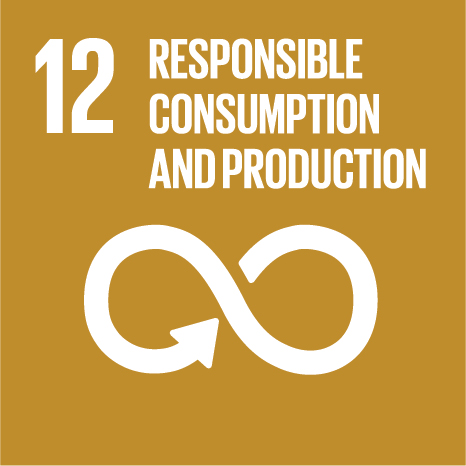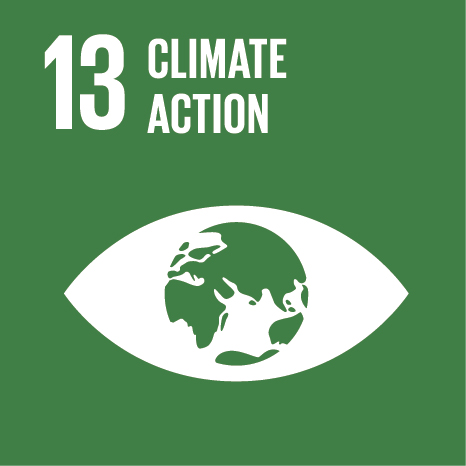Ciência_Iscte
Publications
Publication Detailed Description
Industry transformations for high service provisioning with lower energy and material demand: A review of models and scenarios
Journal Title
Annual Review of Environment and Resources
Year (definitive publication)
2024
Language
English
Country
United States of America
More Information
Web of Science®
Scopus
Google Scholar
This publication is not indexed in Overton
Abstract
Developing transformative pathways for industry's compliance with international climate targets requires model-based insights into how supply- and demand-side measures affect industry, material cycles, global supply chains, socioeconomic activities, and service provisioning that support societal well-being. We review the recent literature modeling the industrial system in low energy and material demand futures, which mitigates environmental impacts without relying on risky future negative emissions and technological fixes. We identify 77 innovative studies drawing on nine distinct industry modeling traditions. We critically assess system definitions and scopes, biophysical and thermodynamic consistency, granularity and heterogeneity, and operationalization of demand and service provisioning. We find that combined supply- and demand-side measures could reduce current economy-wide material use by 56%, energy use by 40% to 60%, and greenhouse gas emissions by 70% to net zero. We call for strengthened interdisciplinary collaborations between industry modeling traditions and demand-side research to produce more insightful scenarios, and we discuss challenges and recommendations for this emerging field.
Acknowledgements
--
Keywords
Climate change mitigation,Sustainable resource use,Integrated assessment modeling,IAM,Ecological economics,Industrial ecology
Fields of Science and Technology Classification
- Earth and related Environmental Sciences - Natural Sciences
- Social and Economic Geography - Social Sciences
Funding Records
| Funding Reference | Funding Entity |
|---|---|
| 01UU2004A | German Federal Ministry of Education and Research |
| PTDC/GES-AMB/0934/2020 | Fundação para a Ciência e a Tecnologia |
| EP/R035288/1 | UK Research and Innovation |
| 853487 | Comissão Europeia |
| 757995 | Comissão Europeia |
| 101056868 | Comissão Europeia |
| 101056810 | Comissão Europeia |
Related Projects
This publication is an output of the following project(s):
Contributions to the Sustainable Development Goals of the United Nations
With the objective to increase the research activity directed towards the achievement of the United Nations 2030 Sustainable Development Goals, the possibility of associating scientific publications with the Sustainable Development Goals is now available in Ciência_Iscte. These are the Sustainable Development Goals identified by the author(s) for this publication. For more detailed information on the Sustainable Development Goals, click here.

 Português
Português




